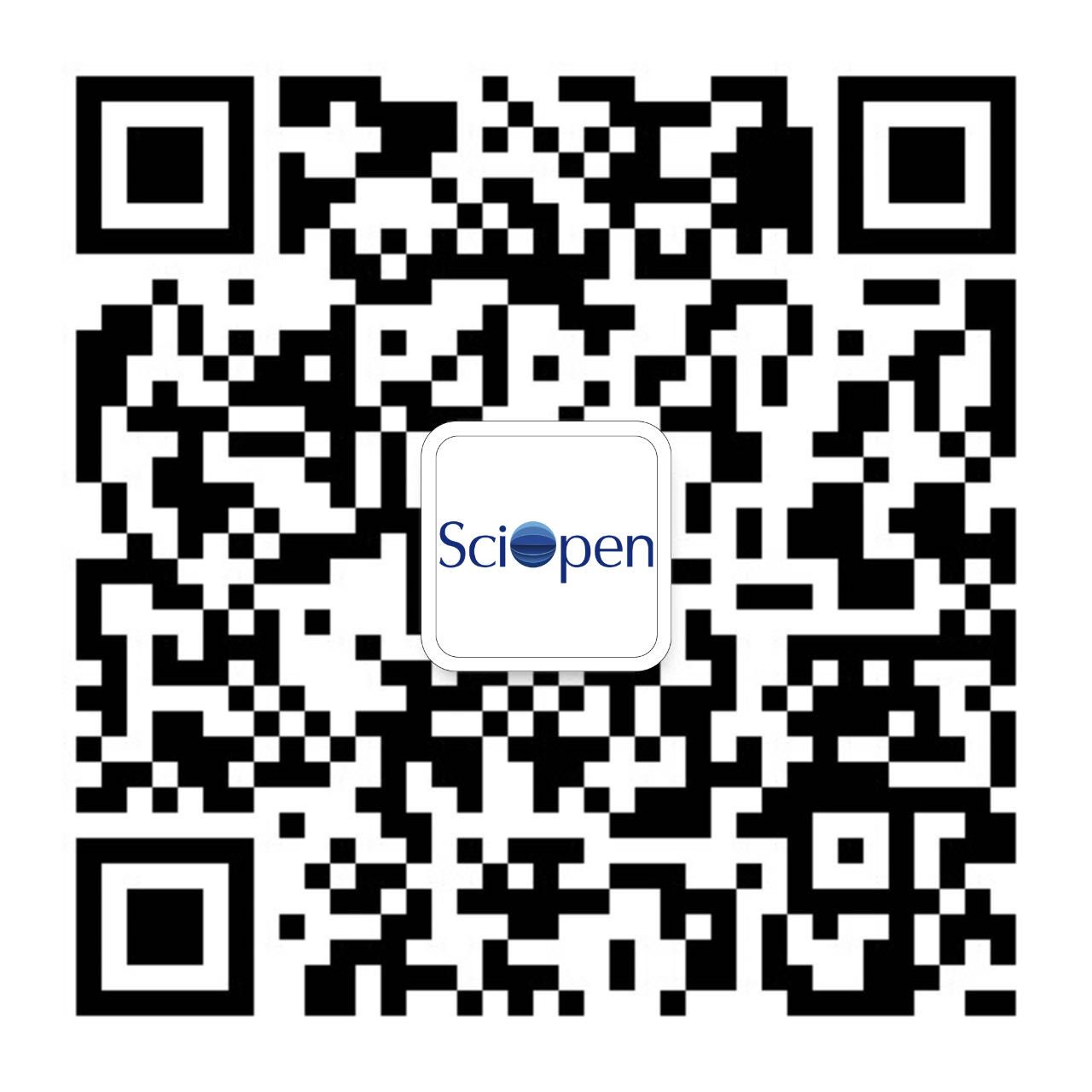The high protein and phospholipid content of yolk granules, which are naturally occurring lipoprotein complexes, coupled with a low cholesterol level. The development and utilization of yolk granules require a detailed investigation of their nutritional composition and characteristics. This study aimed to analyze the differences in nutrient composition among yolk granules from different poultry (chicken, duck, and quail) by evaluating nutrient content, microstructure, and physicochemical properties, accompanying lipidomics techniques. The findings revealed that the water, total lipid, and ash contents of duck yolk granules (DYG) were significantly lower than those of chicken yolk granules (CYG) and quail yolk granules (QYG), while the average particle size of DYG was significantly higher than that of CYG and QYG. A total of 1,146 lipids molecules were identified through lipidome analysis, with glycerophospholipids (520) being the most abundant lipid class. The contents of sphingolipids (SP) content were highest in CYG, while the contents of glycerophospholipids (GP), glycolides (GL), glycolides, and fatty acyl (FA) were higher in QYG. QYG possesses a greater ω-3 and ω-6 polyunsaturated fatty acids (PUFAs) content. Furthermore, 34, 19, and 51 lipid biomarker candidates were identified in CYG/DYG, CYG/QYG, and DYG/QYG, respectively. This study offers valuable insights into the nutritional properties of yolk granules from different poultry eggs.
 Open Access
Research Article
Just Accepted
Open Access
Research Article
Just Accepted
 Open Access
Research Article
Issue
Open Access
Research Article
Issue
This paper evaluates the effect of sodium decanoate (C10) on improving the strength and transparency mechanism of heat-induced egg white gel (HEW-G). The effect of C10 on the strength and transparency of egg white gels was investigated by measuring gel transparency, texture, rheology, water-holding properties, and scanning electron microscopy observation. The findings demonstrated that the addition of C10 initially enhanced and then reduced the gel strength, while consistently increasing transparency. C10 promotes the formation of smooth and dense gel network structure mainly by enhancing the hydrophobic interactions of egg white protein (EWP), thus effectively improving the gel properties. The microstructure observation showed that C10 promoted protein aggregation and the formation of a dense network. When the addition of C10 was 2% (V/V), the network became looser. Transmission electron microscopy and infrared spectroscopy analyses revealed that C10’s hydrophobic nature facilitated interactions with EWP, strengthening hydrophobic associations and forming a stable three-dimensional network. This process markedly enhanced the mechanical strength and transparency of EWP. For example, comparing with HEW-G, the hardness of 0.5% (V/V) sodium decanoate egg white heat-induced gel (SCHEW1-G) was increased by 129.25%, the elasticity of SCHEW1-G was increased by 10.59%, the chewiness was increased by 351.44%, and the light transmission was increased by 150.50%. As a functional ingredient, C10 can improve the texture, nutritional value, and stability of food, promoting its wide range of high-value applications in food. As a functional ingredient, C10 can improve the texture, nutritional value and stability of food, promoting its wide range of high-value applications in food.
 Open Access
Research Article
Issue
Open Access
Research Article
Issue
This study characterized and compared the physical and emulsifying properties of pea protein (PP) and its modified proteins (ultrasound treated- PP (PPU), flaxseed gum (FG) treated PP (PPFG) and ultrasound treated- PPFG (PPFGU)). The results showed FG triggered the formation of loosely attached complex with PP via physical modification under gentle magnetic stirring at pH 7.0, while ultrasound played an important role in reducing protein size, increasing surface hydrophobicity and molecular fluidity onto oil-water interface. So ultrasound further enhanced the interaction of PP with FG, and produced the PPFGU complex with smaller droplet size, higher ζ-potential and lower turbidity. Further, combination of FG and ultrasound improved the physical properties of PP with higher viscosity, stiffer gels (defined as higher elastic modulus), stronger hydrophobic properties, better thermal stability, and fast protein absorption rate. Therefore, the PPFGU coarse emulsion performed highest emulsifying activity index (EAI) and emulsion stability index (ESI) that the stabilized nanoemulsion obtained smallest droplet size, higher ζ-potential, and longest storage stability. The combination of FG and ultrasonic treatment will be an effective approach to improving the emulsifying property and thermal stability of PP, which can be considered as a potential plant-based emulsifier applied in the food industry.
 Open Access
Research Article
Issue
Open Access
Research Article
Issue
Chorioallantoic membrane (CAM) is responsible for respiratory gas exchange, eggshell calcium transport, embryonic acid-base equilibrium, allantoic ion, and water reabsorption during avian embryonic development. To further understand the timing of CAM gene expression during chick embryonic development, especially the calcium absorption mechanism, transcriptome quantitative comparative analysis was conducted on chick CAM during the embryonic period (E) of 9, 13, 17, and 20 days. A total of 6378 differentially expressed genes (DEGs) were identified. Functional enrichment analysis of DEGs showed that CAM DEGs were mainly involved in biological processes such as "ion transport regulation", "immune response" and "cell cycle". Time series analysis of the differential genes showed that the functional cells of CAM began to proliferate and differentiate at E9 and the calcium content of egg embryo increased significantly at E13. Simultaneously, the observation of the ultrastructure of the eggshell showed that the interstice of the fiber layer was enlarged at E13, and the mastoid layer was partly exposed. Therefore, it is preliminarily inferred that CAM calcium transport starts at E13, and genes such as TRPV6, S100A10, and RANKL cooperate to regulate calcium release and transport.






 京公网安备11010802044758号
京公网安备11010802044758号